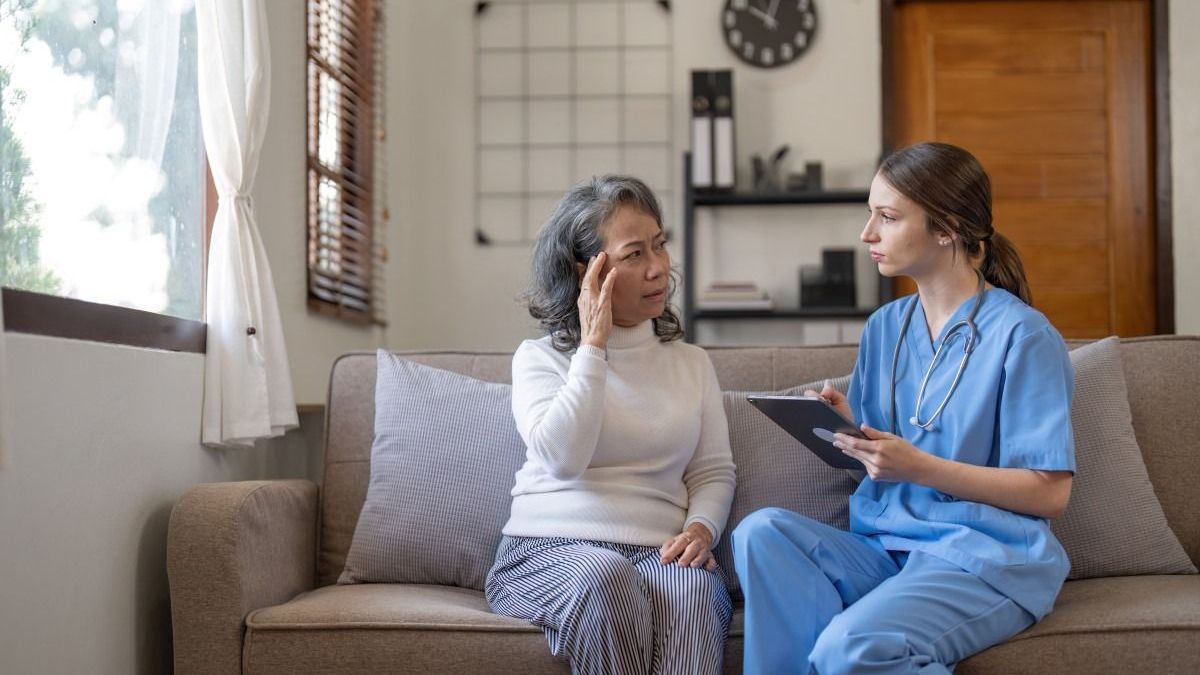
Published on
Updated
In 2024, the challenges of population aging and public health issues are more pressing than ever. In this context, new technological advances appear as promising solutions to improve the quality of life of elderly people as well as their daily lives.
Many issues on the question of health for 2024
As we enter 2024, as medical advances continue to improve the quality of care, a series of structural challenges loom. Healthcare facilities are facing a growing demand for services specific to older adults, ranging from chronic disease management to the provision of palliative care. Demographic growth marked by an increase in the proportion of elderly people therefore puts pressure on health systems. Advances in medicine have increased life expectancy, but with this comes an increase in health care needs. It is in this sense that the need for innovations becomes evident, highlighting the importance of exploring solutions such as telecare to relieve pressure on traditional healthcare systems.
How does remote assistance prove to be an innovative alternative?
Remote assistance has developed over the years to become a comprehensive solution offering continuous support to elderly people, thus increasing their autonomy while ensuring their safety. Remote care technologies include home monitoring devices, motion sensors, smartwatches and specially dedicated mobile apps. These technologies enable caregivers to monitor older adults’ daily activities in real time, detect emergency situations, and provide instant assistance when needed. This help is particularly practical for preventing falls, proactively managing health problems and providing peace of mind for both seniors and their loved ones.
The impact of technological advances for remote assistance
In 2024, the integration of emerging technologies such as artificial intelligence and the Internet of Things (IoT) risks radically transforming remote assistance. AI enables advanced analysis of health data, enabling more accurate detection of changes in the behavior or physical health of older adults. IoT allows devices such as health sensors, wearable EKGs, and tracking devices to be seamlessly connected, creating a smart ecosystem that provides continuous monitoring.
Real social and economic benefits
Telecare is also emerging as a player in the strategy aimed at reducing public health costs. By enabling proactive monitoring and quickly identifying emerging health issues, telecare helps prevent serious medical complications. It facilitates the management of chronic diseases at home, thus reducing frequent use of emergency services and recurrent hospitalizations, reflecting a reduction in financial burdens on public health systems. This new solution ultimately stands out as a catalyst in improving the quality of life of elderly people. By enabling non-intrusive and continuous monitoring, it offers real peace of mind to elderly people and their families. These telecare devices allow individuals to remain in the comfort of their home while benefiting from a connection with their healthcare workers.
